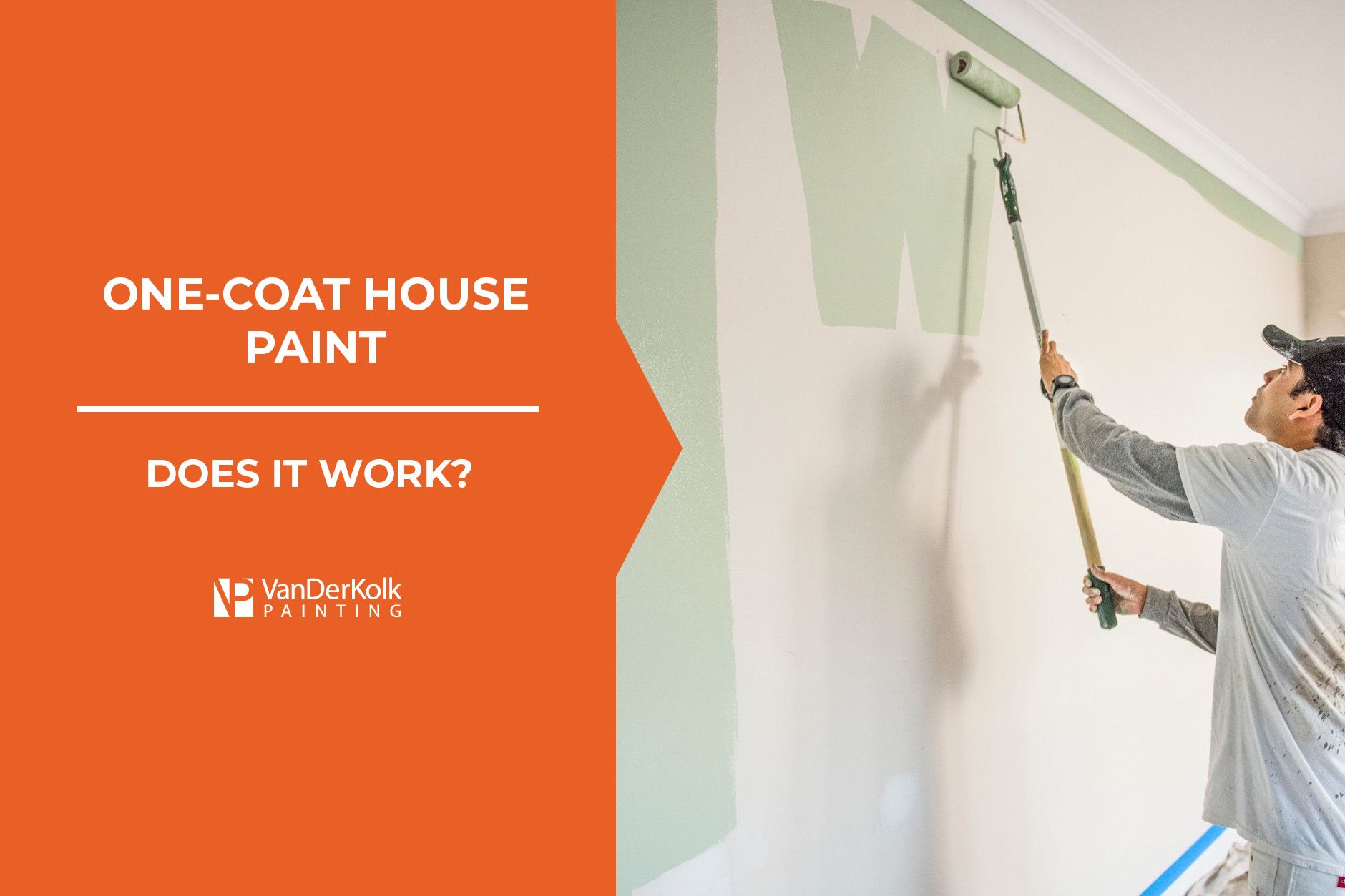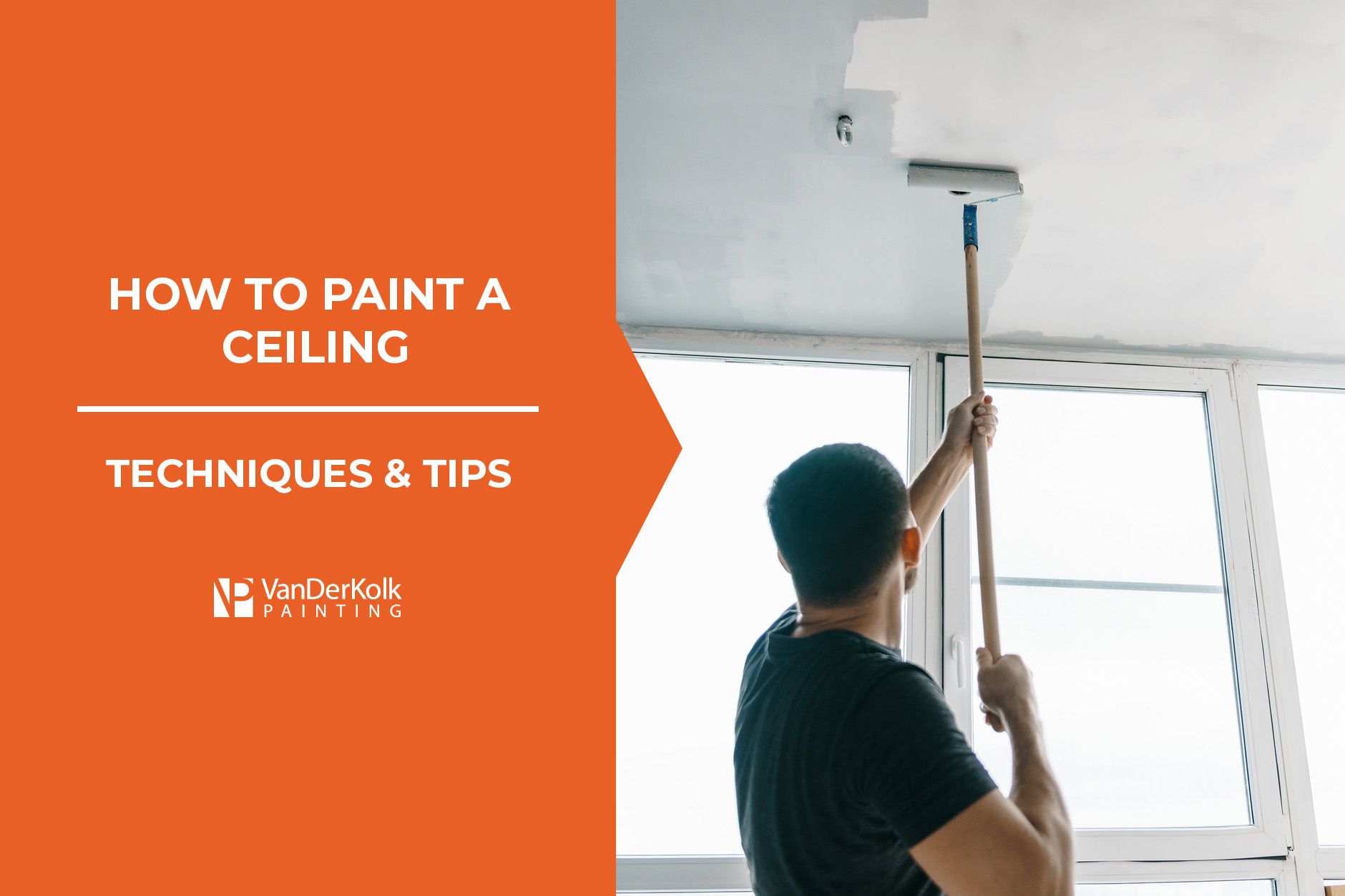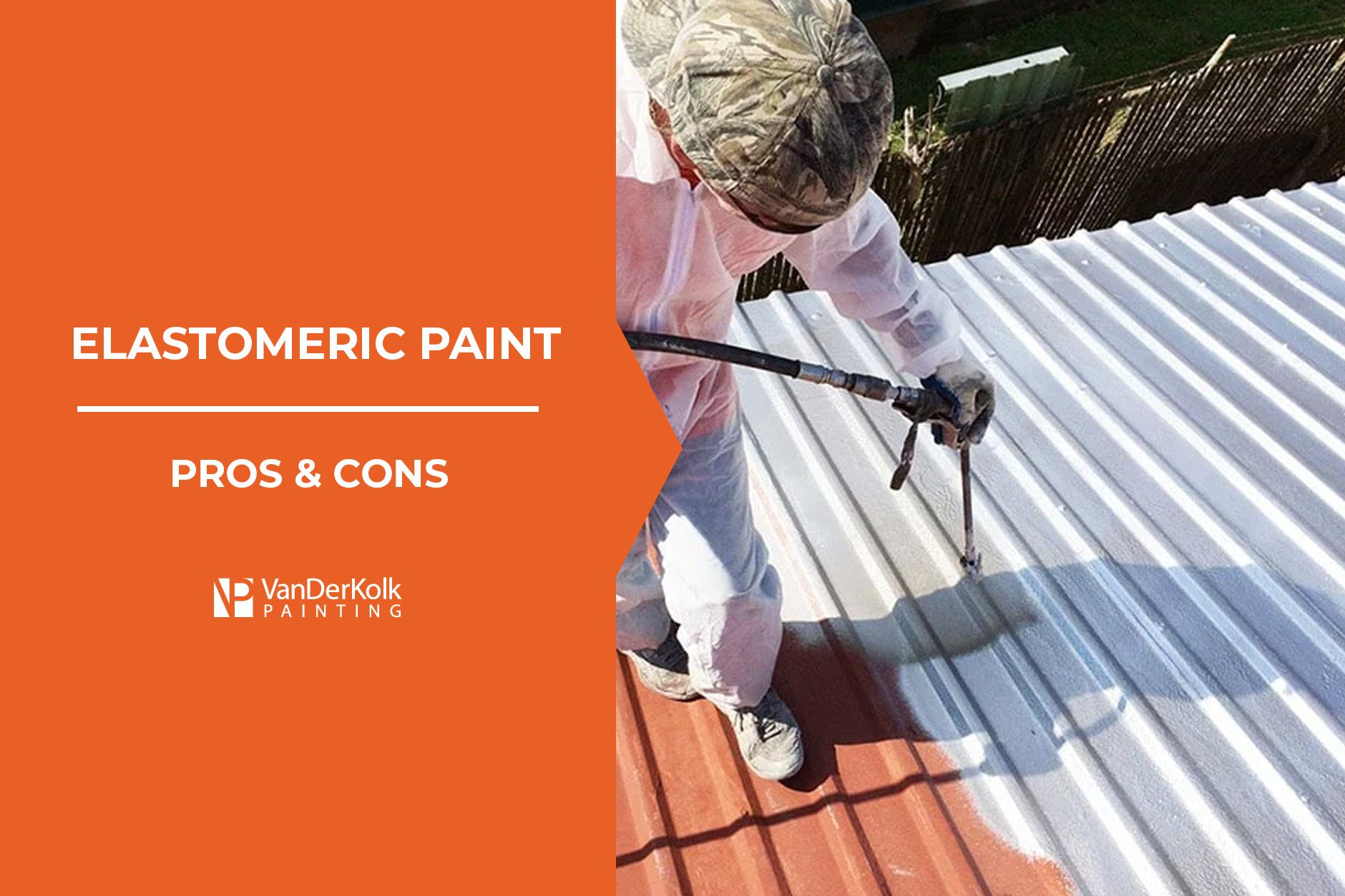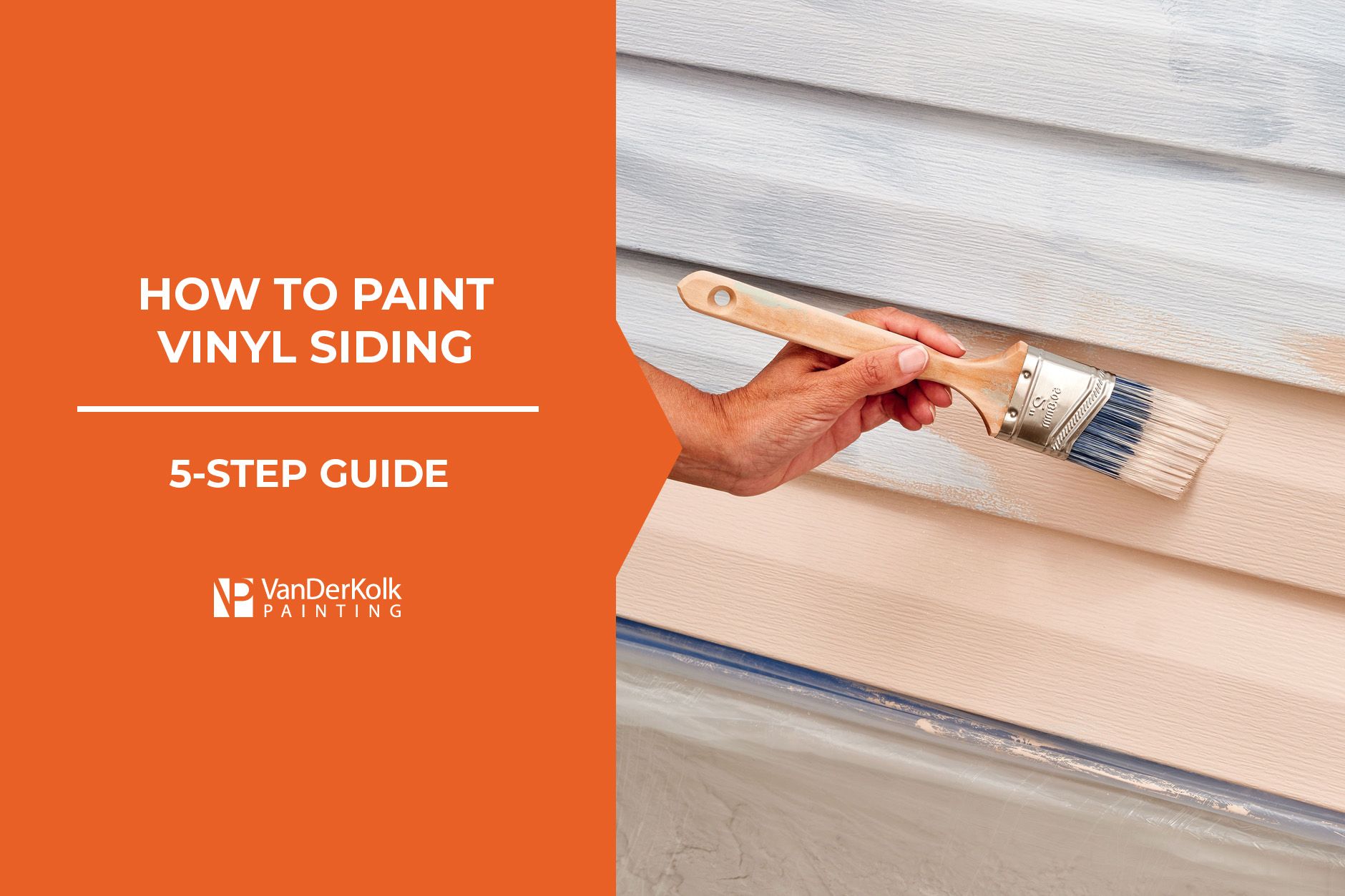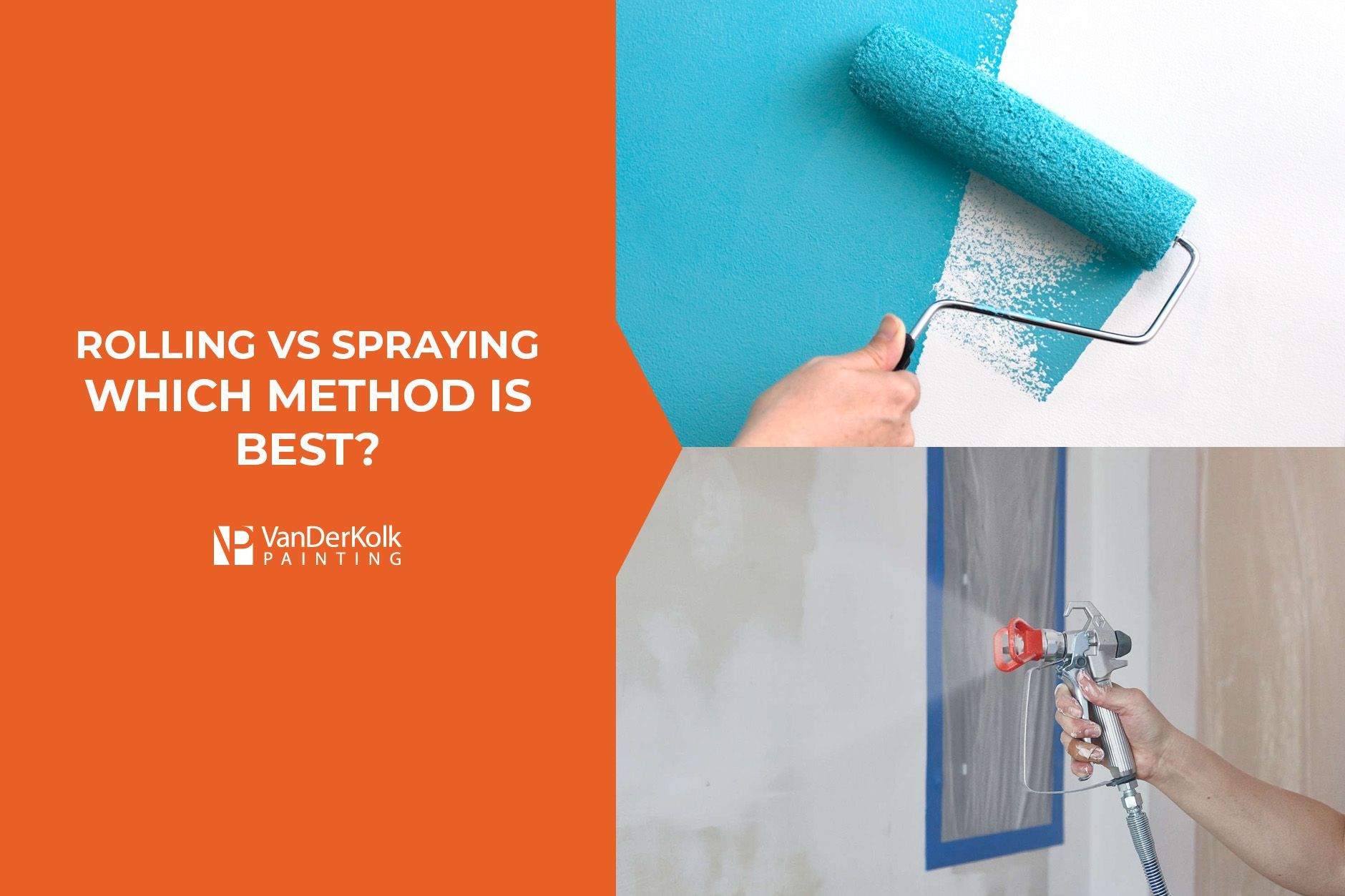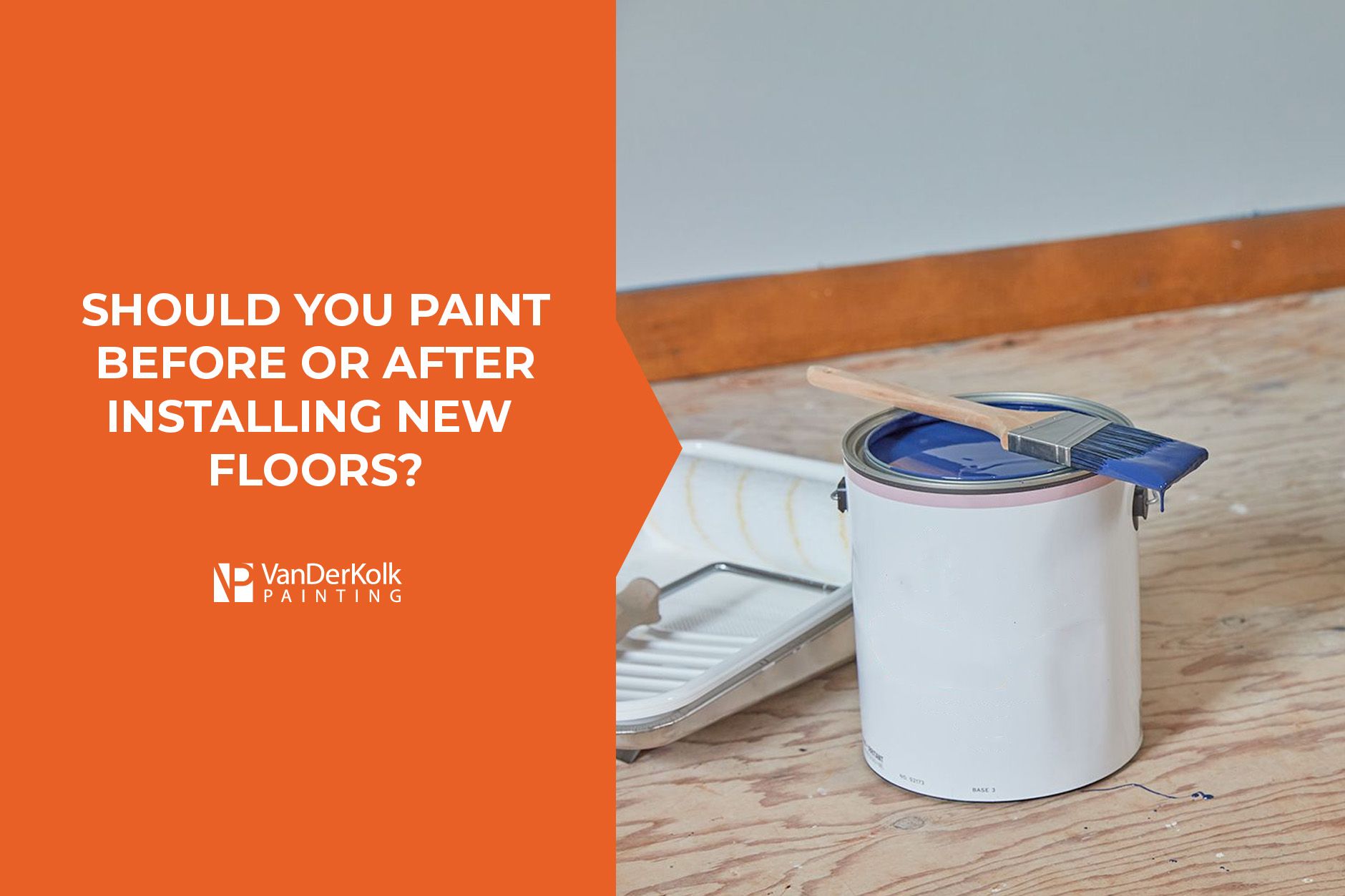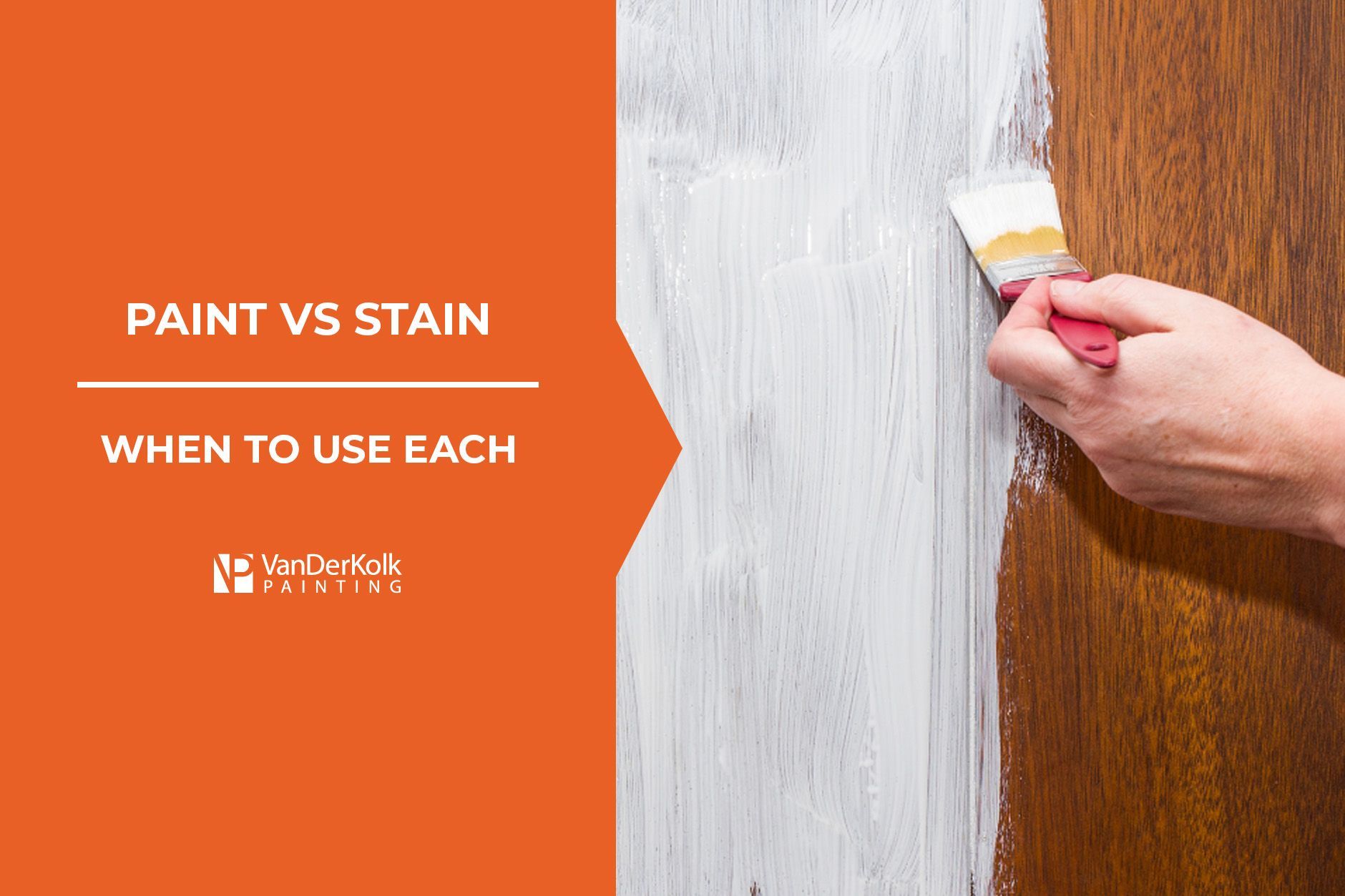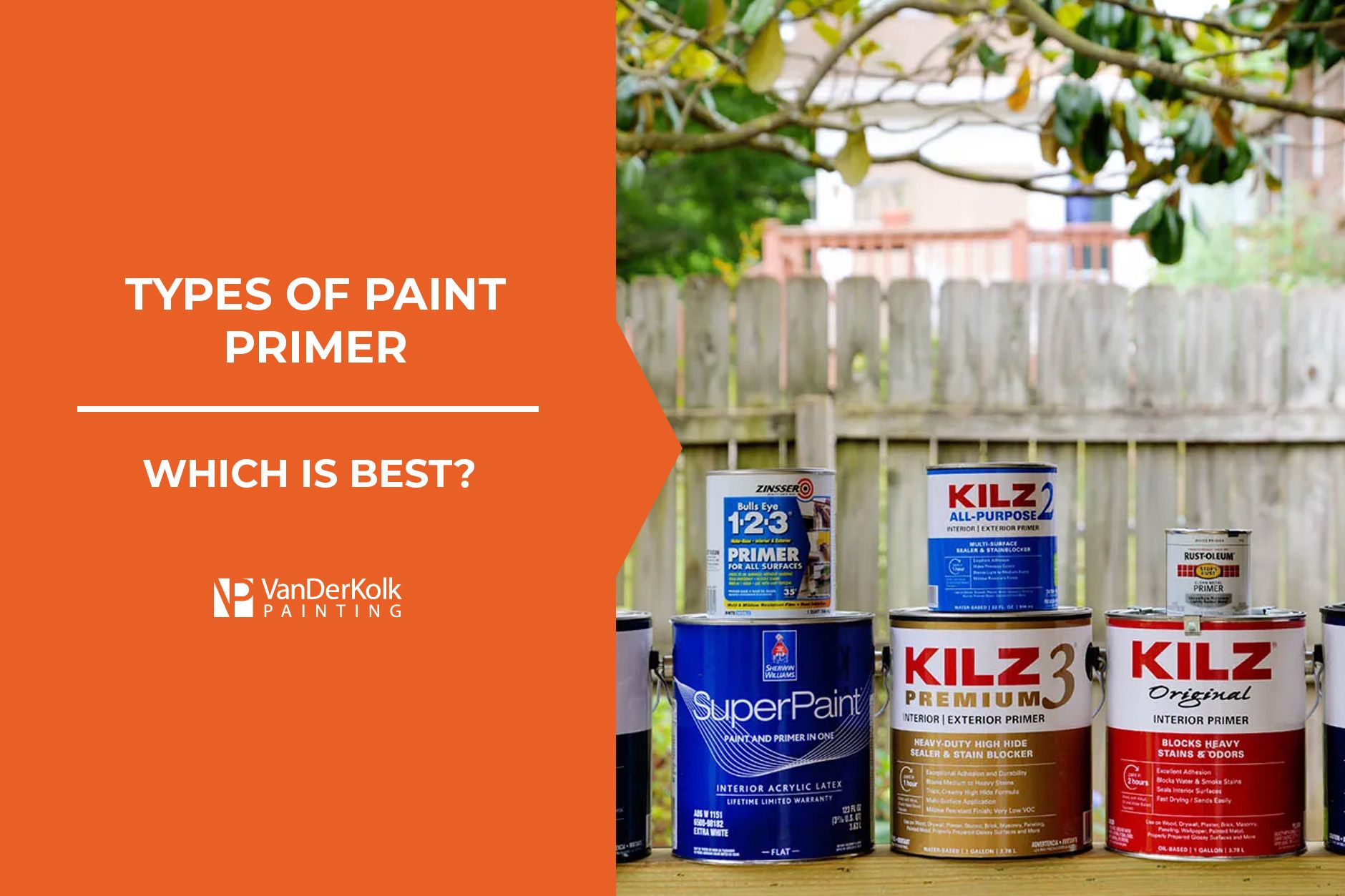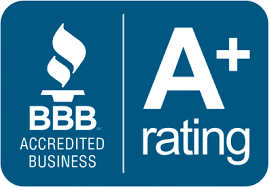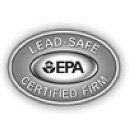Eggshell vs. Satin Paint: When to Use Each
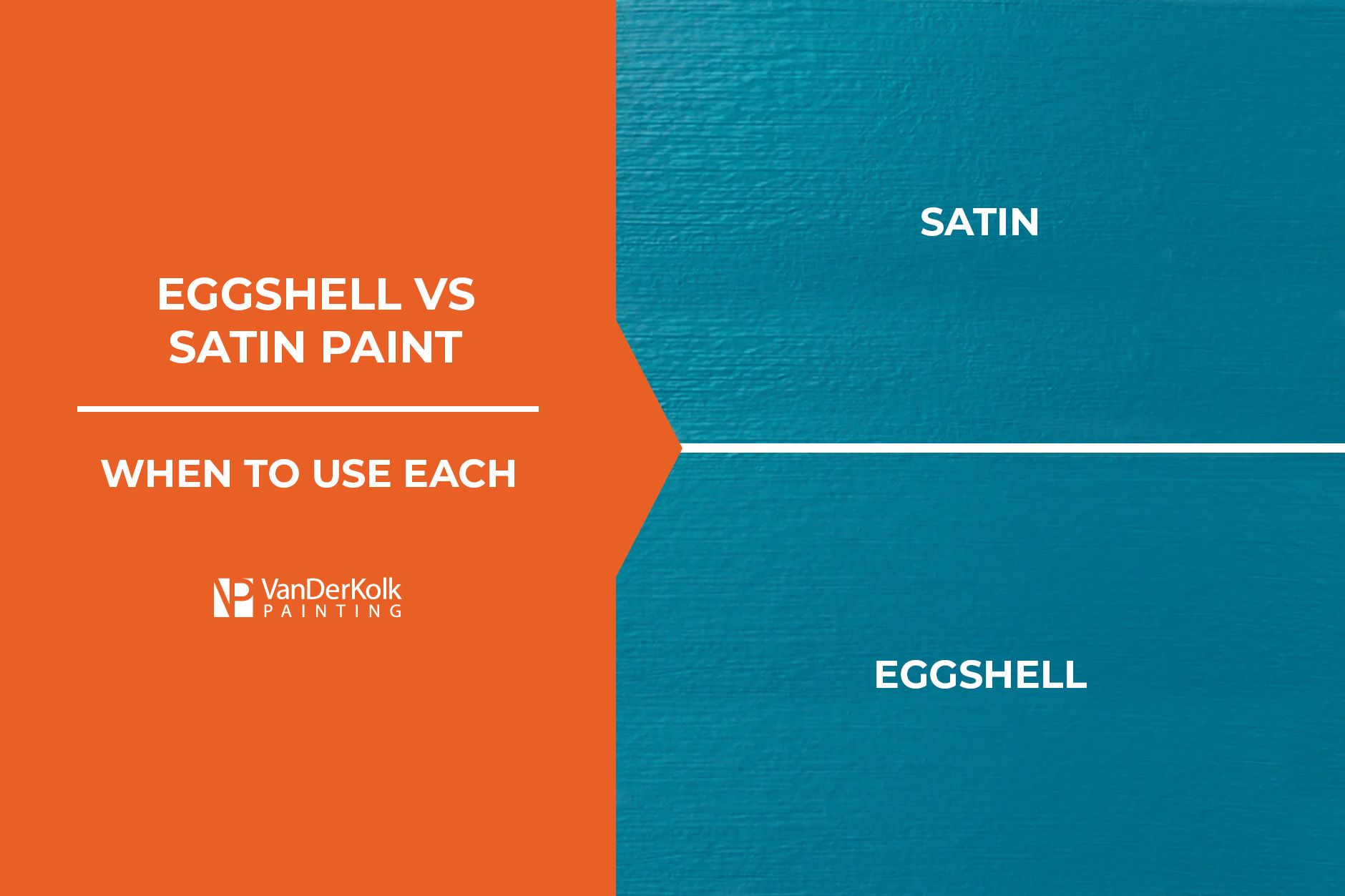
Trying to decide between eggshell and satin paint for your next interior project? The right finish can make or break the look of a room, not just in terms of style, but also in how durable and easy it is to clean. While you may have already chosen a side over acrylic vs. latex paint, the next decision is what type of finish to use.
With eggshell and satin paint finishes being the most popular for interior painting projects, it’s important to know when it’s best to use each one. Though similar in appearance, there are significant differences to consider!
At VanDerKolk Painting, we help West Michigan residents review their paint options and determine which paint is best for their projects to ensure longevity when bringing their vision to life. In this article, we’re diving into the debate of eggshell vs. satin paint to help you decide which finish is right for your next painting project.
What is Eggshell Paint?
An eggshell paint has a slight sheen to it, making it glossier than a flat finish, but less shiny than a satin finish.
Eggshell paint is a great choice for interior rooms to make them feel cozy while hiding wall imperfections. Many homeowners choose an eggshell finish over a matte finish because it is easier to clean and often more durable, while limiting the reflection of light.
It is easy to apply, perfect for DIY painters, and can cover up any mistakes well. It can be washed and wiped down multiple times without interfering with the coating and endurance, too. Eggshell paint is also a great choice for walls that are textured and have some flaws that you may want to cover up.
What is Satin Paint?
A satin paint finish is glossier than eggshell, but much flatter than a gloss finish. Adding satin paint to interior walls can help bring more depth to the room and reflect light to make the room seem bigger.
The beauty of using satin paint finish is that it is extremely durable, making it ideal for high-traffic areas. It is also super easy to clean and wipe down without worrying about affecting the integrity. However, satin paint finishes tend to show more wall imperfections and painting mistakes.
Related Blog Post: Satin vs. Matte vs. Gloss Paint | When to Use Each Finish
Eggshell vs. Satin Paint
Eggshell and satin paint share a lot of similarities, but just as many differences, too.
| Feature | Eggshell | Satin |
|---|---|---|
| Sheen Level | Soft, subtle sheen | Noticeable sheen with more reflectivity |
| Best Used | Living rooms, dining rooms, adult bedrooms | Kitchens, bathrooms, hallways, kids’ rooms |
| Durability | Moderate, resists minor wear | High, withstands cleaning, moisture, and daily use |
| Washability | Washable, but not ideal for heavy scrubbing | Very easy to clean, holds up to frequent washing |
| Application | Easy for DIYers, hides flaws well | Requires careful application to avoid visible brush marks |
| Wall Texture | Hides surface flaws well | Highlights imperfections if the wall isn’t smooth |
| Appearance | Warm and cozy with a soft glow | Sleek and polished, it adds depth and light to a room |
Appearance
When choosing between eggshell vs. satin paint, it’s important to choose what type of appearance you’d like your paint to have.
Eggshell paint has a very slight sheen to it. The best way to describe it—well, just look at the egg of a shell in your fridge. It isn’t as flat as a matte paint finish because it still reflects a little bit of light. But we wouldn’t describe eggshell finish as shiny.
Satin paint, on the other hand, has a noticeably glossier finish and adds more depth and reflectivity to the space. It can make accent walls or surfaces, such as cabinets or trim, stand out more.
Durability
A well-done interior paint job should last anywhere between 5 and 10 years. However, the longevity of your paint also depends on what type of paint finish you decide to use.
Eggshell paint is quite durable, but it is not ideal for high-traffic areas. It is better for rooms that are not used too often, such as living or dining rooms, and do not require much wiping down or cleaning.
Satin paint is more durable than eggshell, making it better suited for high-traffic areas and surfaces, such as doors, cabinets, kitchens, bathrooms, and surfaces that might require cleaning often.
Application
Paint formulas and their consistency can differ depending on the type of paint and finish it is. That means the application of eggshell and satin paint varies.
Eggshell paint is fairly easy to apply and could be a DIY weekend project. It’s a very forgiving formula, meaning it can hide any noticeable painting mistakes or imperfections on the walls.
Satin paint, on the other hand, has a more tacky consistency due to its more reflective coating. This means painters applying satin paint should have some experience and skill to ensure a smooth, mistake-free application.
When to Use Eggshell Paint
Eggshell paint is best used in low-traffic interior rooms, such as a dining or, living room, or primary bedroom. While eggshell paint is fairly durable, it performs well in rooms that do not require touching or cleaning the walls often.
If you’re looking for a soft and cozy vibe that hides wall imperfections, then eggshell is your go-to finish.
When Should You Not Use Eggshell Paint?
It’s best to avoid using eggshell paint in high-traffic areas, such as hallways, and rooms that tend to have a lot of moisture, such as kitchens and bathrooms.
Since these lived-in rooms and spaces require more cleaning and have harsher environments than a bedroom, an eggshell paint finish is not durable enough to withstand these elements.
When to Use Satin Paint
Satin paint has much more variability than eggshell due to its durability. This means it’s best used in kitchens, bathrooms, and kids’ bedrooms or playrooms. But it also goes well on high-traffic surfaces such as doors, cabinets, and trim to give your room a bit of dimension.
Since satin paint can be washed and wiped down without disrupting the integrity of its coating, it can withstand humidity, spills, and scratches. However, while it can endure quite a lot, satin paint should be used on unblemished, smooth surfaces for the best outcome and application.
Since satin paint is more reflective, it’s also great for rooms where you want to enhance the natural light and create more depth and dimension throughout the room.
Is Satin Paint Too Shiny for a Living Room?
Though eggshell paint can be used in living rooms, some homeowners may opt to put satin paint instead to give the room a cozy and dimensional design. However, with a subtle sheen, satin paint is often questioned for being too much to put in a living room.
It really depends on how much natural light comes into your living room. While satin paint has a slight sheen to it, that means it will reflect light more than eggshell paint. But it all depends on the type of look you’re going for!
Which is Better, Eggshell or Satin Paint?
When it comes to the eggshell vs. satin paint debate, it’s difficult to say which one is better, because it all depends on the look you’re going for!
What we can say is that one finish is more durable than the other and should be used in certain rooms to ensure a long-lasting paint job.
A good rule of thumb is to use eggshell paint in low-traffic areas such as living, dining, and adult bedrooms to get the most out of the paint.
Satin paint is best in kitchens, bathrooms, hallways, and kids’ rooms, but it can still be used in living, dining, and bedrooms if you prefer a slight sheen to the walls.
Interior designers love both eggshell and satin paint for their interior projects, as long as they are used in the right spaces and rooms!
Get Expert Advice from VanDerKolk Painting on Your Next Interior Painting Project
Whether you’ve just purchased your first home or need to brush up on your paint knowledge, VanDerKolk Painting is here to help you choose the best paint for your project. Our team of professional painters has helped West Michigan residents paint their homes’ interiors and exteriors for over 30 years.
From an initial consultation to scoping out the project and recommending the right type of
low-VOC paint, finish, and even color, to precision painting and detailed clean up, we’ll handle everything when it comes to your painting project!
Request a free estimate for your next residential project and speak with our painting experts today!
Request A Free Quote
Our Services
Residential Services
Commercial & Industrial Services
